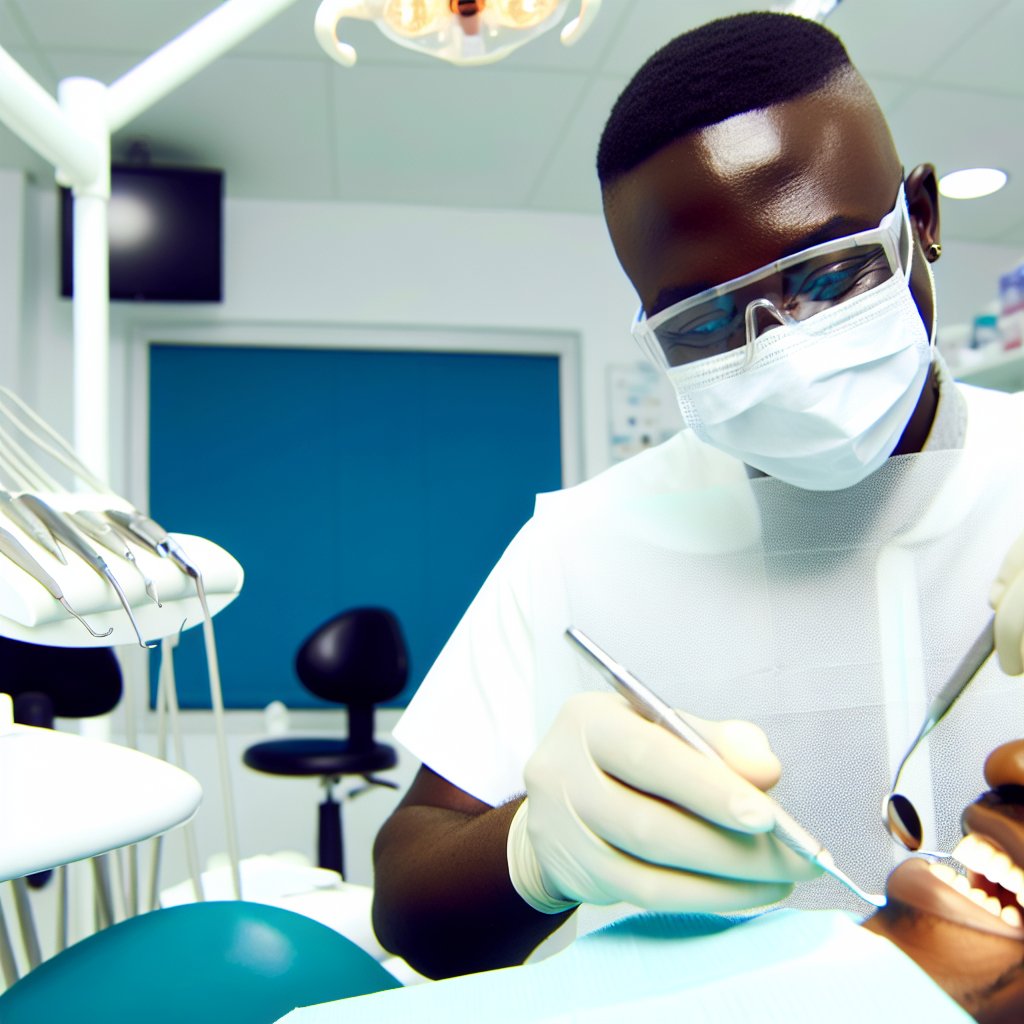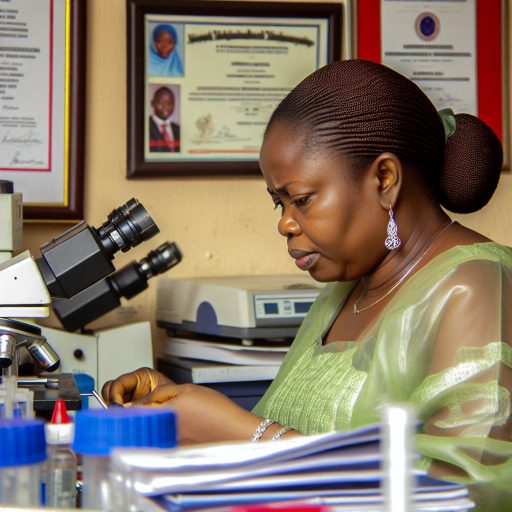Introduction:
Restorative dentistry focuses on repairing damaged teeth.
Cosmetic dentistry emphasizes enhancing aesthetics.
Both play a crucial role in maintaining oral health.
They also improve overall well-being.
Restorative Dentistry:
Restorative dentistry involves procedures like fillings, crowns, and implants.
These restore the function of teeth.
These treatments are essential for repairing decayed, chipped, or missing teeth.
Cosmetic Dentistry:
Cosmetic dentistry includes treatments like teeth whitening, veneers, and dental bonding.
These improve smile aesthetics and focus on enhancing the appearance of teeth.
These treatments provide a more confident smile.
Importance of Oral Health:
Both restorative and cosmetic dentistry contribute to overall oral health.
They address different dental issues effectively.
Maintaining good oral health can prevent complications.
It also improves quality of life.
Role of Dental Procedures:
Dental procedures help in restoring functionality, aesthetics, and oral hygiene.
Regular dental visits are crucial for early detection and treatment of problems.
Definition and Focus of Restorative Dentistry:
Restorative dentistry’s primary goal is to restore function and health of teeth.
Examples of common restorative procedures include fillings, crowns, and bridges.
Restorative dentistry is a branch of dentistry that focuses on repairing and restoring the function and health of the teeth and gums.
This type of dentistry is crucial for individuals who have experienced tooth decay, trauma, or other issues that have affected the overall health and function of their teeth.
Primary Goal:
The primary goal of restorative dentistry is to ensure that patients can maintain proper dental function and health.
This means that restorative dentists work to repair damaged teeth, replace missing teeth, and address any other issues that may be affecting a person’s oral health.
Common Restorative Procedures:
There are several common restorative procedures that a dentist may recommend to a patient, depending on their specific needs.
- Fillings: Fillings are used to repair teeth that have been damaged by decay or trauma. They help to restore the structure and function of the tooth.
- Crowns: Crowns are used to cover and protect a damaged tooth. They can also be used to restore the shape, size, and function of a tooth.
- Bridges: Bridges are used to replace one or more missing teeth. They are anchored to the adjacent teeth and help to restore the function and appearance of the smile.
Overall, restorative dentistry plays a vital role in ensuring that individuals can maintain proper oral health and function.
By addressing issues such as decay, damage, and missing teeth, restorative dentists help patients achieve a healthy and functional smile.
Definition and Focus of Cosmetic Dentistry:
Cosmetic dentistry focuses on improving the appearance of teeth.
Common cosmetic procedures include teeth whitening, veneers, and braces.
Cosmetic dentistry is a branch of dentistry that focuses on enhancing the appearance of a person’s teeth and smile.
While restorative dentistry aims to restore the function of teeth, cosmetic dentistry is solely focused on improving aesthetics.
One of the main goals of cosmetic dentistry is to enhance the color, shape, size, and overall appearance of teeth.
This can include procedures such as teeth whitening, veneers, crowns, bridges, and orthodontic treatments like braces or clear aligners.
Teeth whitening is one of the most common cosmetic procedures performed by dentists.
It involves the use of bleaching agents to lighten the color of teeth and remove stains and discoloration.
This can help patients achieve a brighter, more attractive smile.
Veneers are another popular cosmetic option, especially for those looking to address issues like chipped, cracked, or misaligned teeth.
Veneers are thin, custom-made shells that are bonded to the front surface of teeth to improve their appearance.
Braces are often used in cosmetic dentistry to straighten misaligned teeth and correct bite issues.
Traditional metal braces have been replaced by clear aligners in some cases, offering a more discreet option for patients seeking orthodontic treatment.
In summary, cosmetic dentistry focuses on improving the aesthetic appearance of teeth through various treatments and procedures.
These can help patients achieve a more confident smile and improve their overall self-esteem.
Transform Your Career with Expert Guidance
Get personalized mentorship consulting that’s tailored to your unique path. Our expert advice is actionable and exclusive.
Get StartedGain More Insights: Government Policies on Biomedical Technology Nigeria
Key Differences Between Restorative and Cosmetic Dentistry:
- Restorative dentistry focuses on restoring the function and health of teeth.
- Cosmetic dentistry emphasizes improving the aesthetic appearance of the teeth.
Differences in Goals and Outcomes:
Restorative dentistry aims to address issues such as cavities, tooth decay, and gum disease.
The primary goal is to restore the functionality of the teeth and overall oral health.
On the other hand, cosmetic dentistry focuses on enhancing the appearance of the teeth, including whitening, reshaping, and veneers.
The outcomes of restorative dentistry are often necessary for maintaining oral health, while cosmetic dentistry is more focused on improving aesthetics.
Necessity of Restorative Dentistry for Maintaining Oral Health:
Restorative dentistry is crucial for maintaining oral health because it addresses underlying issues that can lead to more significant problems if left untreated.
For example, a cavity that is not filled through restorative dentistry can progress to an infection that may require a root canal or even tooth extraction.
By addressing these issues promptly through restorative procedures, individuals can prevent further damage and maintain the health of their teeth and gums.
Discover More: Blood Transfusion FAQs for Nigerian Patients
Benefits of Restorative Dentistry:
Restorative procedures improve oral function and prevent dental issues.
Restorative dentistry enhances overall health and wellbeing.
Improving Oral Function:
Restorative dentistry focuses on repairing and restoring damaged or missing teeth.
Procedures like dental fillings, crowns, bridges, and implants can help improve oral function.
They restore proper bite alignment and chewing ability.
By addressing issues like tooth decay, gum disease, or tooth loss, restorative dentistry ensures that patients can eat, speak, and smile confidently.
There will be no discomfort or limitations.
Preventing Further Dental Issues:
One of the key benefits of restorative dentistry is its ability to prevent further dental problems.
By treating issues like cavities, cracks, or infections promptly, restorative procedures can stop the progression of decay.
These treatments can also protect neighboring teeth from damage.
Preventive measures such as dental cleanings, sealants, and fluoride treatments can also be incorporated.
These measures minimize the risk of future dental issues and maintain optimal oral health.
Enhancing Overall Health and Wellbeing:
It’s important to recognize that oral health is closely linked to overall health and wellbeing.
Untreated dental problems can lead to systemic issues like heart disease, diabetes, and respiratory conditions.
By restoring oral health through restorative procedures, individuals can reduce the risk of developing or exacerbating underlying health conditions.
A healthy mouth contributes to a healthier body and improves overall quality of life.
Additionally, restoring a confident smile can positively impact a person’s self-esteem.
Social interactions and mental wellbeing will also improve.
Feeling good about one’s smile can boost confidence and enhance overall quality of life.
Restorative Dentistry’s Key Role:
Restorative dentistry offers numerous benefits beyond just fixing dental issues.
By improving oral function, preventing further problems, and enhancing overall health, restorative procedures play a vital role.
They help maintain a healthy smile and a healthier body.
Discover More: Impact of Restorative Dentistry on Overall Health

Benefits of Cosmetic Dentistry:
When it comes to improving the appearance of your smile, cosmetic dentistry offers a wide range of benefits that go beyond just aesthetics.
Let’s delve into some of the key advantages of cosmetic dentistry:
- Examining how cosmetic procedures can boost confidence and self-esteem.
- Discussing how cosmetic dentistry can improve overall quality of life.
Boosts Confidence and Self-Esteem:
One of the most notable benefits of cosmetic dentistry is its ability to boost confidence and self-esteem.
When you are unhappy with the appearance of your teeth, it can have a significant impact on your self-confidence.
Cosmetic procedures such as teeth whitening, veneers, and dental implants can help improve the look of your smile, leading to increased confidence and a more positive self-image.
Improves Overall Quality of Life:
Cosmetic dentistry can also have a positive impact on your overall quality of life.
When you feel good about your smile, you are more likely to engage in social situations, smile more often, and feel happier in general.
This can lead to improved relationships, better career opportunities, and a higher overall quality of life.
Whether you are looking to enhance the appearance of your smile or address specific dental issues, cosmetic dentistry can offer a range of benefits that go beyond just aesthetics.
From boosting your confidence and self-esteem to improving your overall quality of life, cosmetic procedures can help you achieve the smile of your dreams.
Find Out More: Addressing Cleft Lip and Palate in Nigerian Surgeries
When it comes to choosing between restorative and cosmetic dentistry, there are several considerations that should be taken into account.
Making the right decision involves weighing various factors to ensure that you receive the most appropriate treatment for your dental needs.
Factors to consider:
- Dental Needs
- Budget
- Personal Preferences
One of the most important factors to consider when choosing between restorative and cosmetic dentistry is your dental needs.
If you have issues such as cavities, chipped or cracked teeth, or missing teeth, you may require restorative dental procedures to restore the function and health of your teeth.
Your budget plays a significant role in determining whether you opt for restorative or cosmetic dentistry.
Restorative procedures tend to be more essential for maintaining oral health, while cosmetic treatments may be more of a luxury.
It’s essential to consider your budget and prioritize necessary dental care.
Your personal preferences also come into play when deciding between restorative and cosmetic dentistry.
Some individuals may prioritize the aesthetics of their smile and opt for cosmetic treatments to enhance their appearance.
Others may focus on restoring functionality and health through restorative procedures.
Ultimately, the best way to determine the most suitable treatment for your individual needs is by consulting with a qualified dentist.
A dentist can assess your oral health, discuss your concerns and goals, and recommend the most appropriate treatment plan to address your specific needs.
A personalized approach is crucial in achieving optimal dental outcomes.
Restorative Dentistry vs. Cosmetic Dentistry
Restorative dentistry focuses on repairing and restoring damaged teeth and gums.
Cosmetic dentistry, on the other hand, is more inclined towards enhancing the appearance of teeth.
Both are essential for your dental health.
Restorative dentistry is necessary for oral health.
Cosmetic dentistry is more about aesthetics.
It is crucial to maintain good oral health through regular dental check-ups and maintenance procedures.
These may include both restorative and cosmetic treatments.
By addressing oral health issues promptly with restorative dentistry, individuals can achieve better oral health.
Enhancing the appearance of teeth with cosmetic procedures can lead to a beautiful smile.
Additional Resources
Faculty Practice Providers // School of Dentistry // Marquette University
Shade Selection Practices Amongst Clinical Dental Students in …




